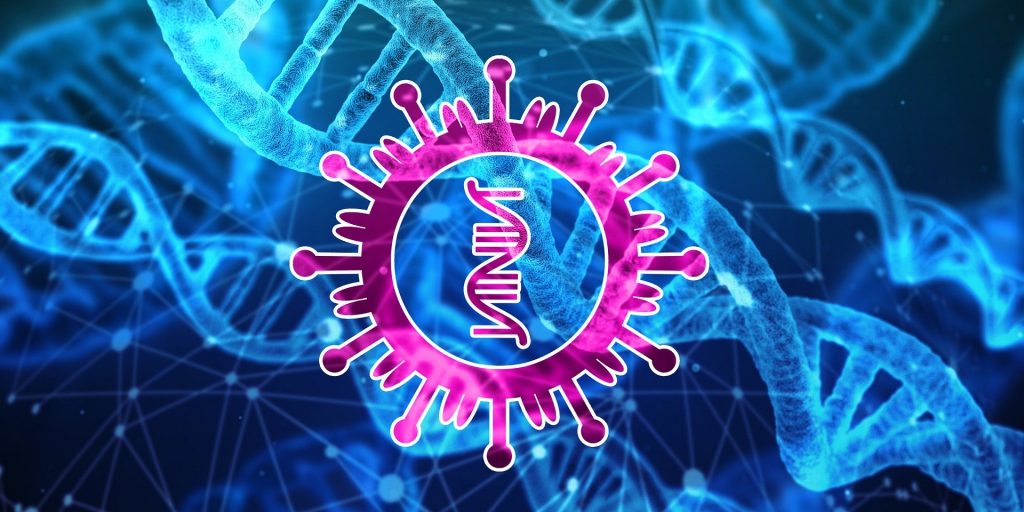
Corona Virus – keine Panik
Corona-Virus – keine Panik. Empfehlung von Dr. Klinghardt, PhD.
Wir alle erwarten, dass eines Tages in nicht allzu ferner Zukunft eine Pandemie Millionen von Menschen treffen wird. Und es spielt keine Rolle, ob es absichtlich von Menschen verbreitet wird oder ob unsere gute Erde von selbst auffällt. Heute ist es das Corona-Virus und es wird sich sicherlich verbreiten und seine Spuren in der Welt hinterlassen. Hier einige Empfehlungen zur Vorsicht und Prävention:
Es ist bekannt, dass sich das Virus über den Atem, die Schleimhäute einschließlich der Augen und andere noch unbekannte Wege ausbreitet.
1. Dies bedeutet, dass wir unser Gesicht den ganzen Tag über häufig durch HOCL-Spray auf Gesicht, Mund, Händen und anderen freiliegenden Oberflächen schützen können.
2. Aus der medizinischen Literatur geht hervor, dass der Ansatz unter Verwendung von oralem Lakritz Extrakt Urtinktur (Glycyrrhizinsäure) richtig ist. Wir empfehlen 2-3 Pipetten der Tinktur 2-3 mal täglich für eine solide Prophylaxe, mehr, wenn Sie den Verdacht haben, infiziert zu sein.
3. Wenn möglich: Verwenden Sie 2-3 Mal pro Woche (oder i.v.) rektales Ozon, um Ihre Redoxsysteme wach zu halten
4. Verwenden Sie zu Hause und an Ihrem Arbeitsplatz einen mit HOCL gefüllten Luftbefeuchter, um HOCL alle paar Tage mindestens 15 Minuten pro Raum zu verdampfen
5. Ansonsten halten Sie Ihren Vit C-, Vit A- und Vit D3-Spiegel so hoch wie möglich – damit Ihr Immunsystem gestärkt ist und Sie erst gar nicht krank werden.
Ich wünsche Ihnen allen einen gesunden und sicheren Winter!
Mit freundlichen Grüßen Yvette Frick (Studentin von Dr. Klinghardt)
References:
Licorice against the Corona virus
Cohen, Jeffrey I. “Licking latency with licorice.” The Journal of clinical investigation 115.3 (2005): 591-593.
Abstract: Numerous viruses cause latent infections in humans, and reactivation often results in pain and suffering. While vaccines for several of these viruses are available or currently being studied in clinical trials, and antiviral therapies have been successful in preventing or treating active infection, therapy to eradicate latent infection has lagged behind. A new study reported in this issue of the JCI shows that treatment of cells latently infected with Kaposi sarcoma–associated herpesvirus (KSHV) with glycyrrhizic acid, a component of licorice, reduces synthesis of a viral latency protein and induces apoptosis of infected cells. This finding suggests a novel way to interrupt latency.
Licorice, derived from the root of Glycyrrhiza glabra, has been used for more than 4 millennia as a flavoring agent in foods, beverages, and tobacco (1). Licorice is also used as an alternative medicine for the treatment of gastric and duodenal ulcers, sore throat, bronchitis, cough, arthritis, adrenal insufficiency, and allergic diseases. The licorice root contains numerous compounds, including glycyrrhizic acid (GA). It is estimated that in the United States, 3.3 mg of GA is consumed per person daily. GA inhibits the replication of several viruses in vitro including herpesviruses, HIV, and the SARS coronavirus. When taken orally, GA is hydrolyzed to glycyrrhetic acid by bacteria in the gastrointestinal tract before GA can be absorbed. Therefore, in Asia, where GA is used for the treatment of chronic hepatitis B or C infection, the drug is infused intravenously to achieve the appropriate serum levels.
Licorice against EBV:
Lin, Jung-Chung. “Mechanism of action of glycyrrhizic acid in inhibition of Epstein-Barr virus replication in vitro.” Antiviral research 59.1 (2003): 41-47.
Abstract: We report here that glycyrrhizic acid (GL), a component of licorice root (Glycyrrhiza radix), is active against EBV replication in superinfected Raji cells in a dose-dependent fashion. The IC50 values for viral inhibition and cell growth were 0.04 and 4.8 mM, respectively. The selectivity index (ratio of IC50 for cell growth to IC50 for viral DNA synthesis) was 120. Time of addition experiments suggested that GL interferes with an early step of EBV replication cycle (possibly penetration). GL had no effect on viral adsorption, nor did it inactivate EBV particles. Thus, GL represents a new class of anti-EBV compounds with a mode of action different from that of the nucleoside analogs that inhibit viral DNA polymerase.
Okamoto, Hitoshi, Daisuke Yoshida, and Shigenobu Mizusaki. “Inhibition of 12-O-tetradecanoylphorbol-13-acetate-induced induction in Epstein-Barr virus early antigen in Raji cells.” Cancer letters 19.1 (1983): 47-53.
Abstract: Retinol, 5 flavonoids, 3 steroids and 7 sweetening agents were studied for their effects on 12-O-tetradecanoylphorbol-13-acetate (TPA)-induced early antigen (EA) of Epstein-Barr virus (EBV) in Raji cells. Concomitant treatment of Raji cells with TPA and retinol showed inhibition of EA induction. Among flavonoids, quercetin resulted in effective inhibition of EA induction by TPA and α-naphthoflavone showed the weakly inhibitory effect. None of the other flavonoids such as rutin, catechin and β-naphthoflavone affected the induction of EBV-EA by TPA. β-Estradiol obviously inhibited EBV-EA induction by TPA, but hydrocortisone did not show any inhibitory effect on it. Glycyrrhetinic acid, steviol, phyllodulcin and perrillartine also showed the remarkable inhibition of EBV-EA induction. On the other hand, glycyrrhizin and stevioside, glycosides of glycyrrhetinic acid and steviol, did not inhibit the induction of EBV-EA by TPA. Some of the inhibitors reported here may be effective on the inhibition of the in vivo tumor promotion by TPA.
